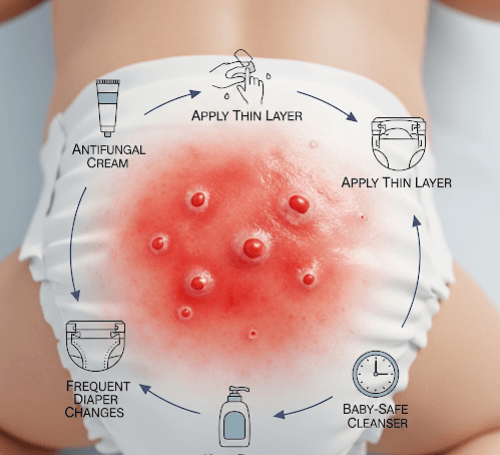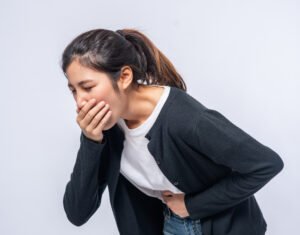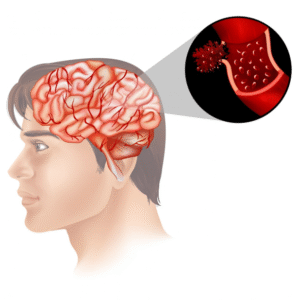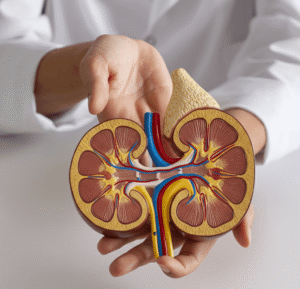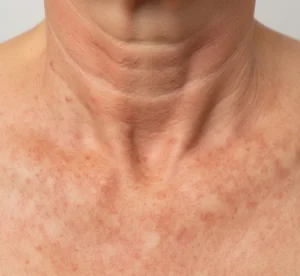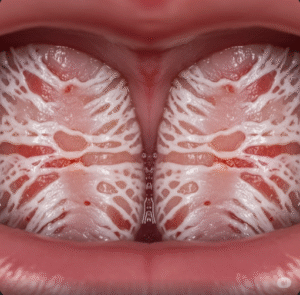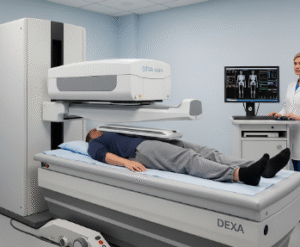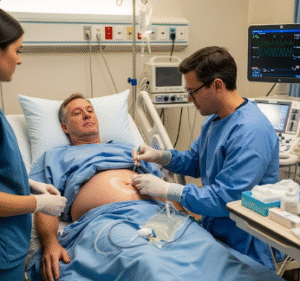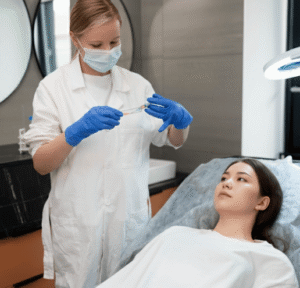Safe and effective management of yeast-related diaper rash in infants
What it is
Diaper candidiasis is a form of diaper rash caused by the overgrowth of Candida albicans, a yeast that thrives in warm, moist environments. Unlike ordinary irritant diaper rash, candidiasis typically appears as bright red patches with defined borders, often accompanied by satellite lesions (small red spots around the main rash).
It commonly develops after:
- Prolonged exposure to wet or soiled diapers
- Recent antibiotic use, which disrupts skin flora
- Weakened skin barrier in infants
While not dangerous, diaper candidiasis can cause significant discomfort, fussiness, and sleep disturbances in babies. In Korea, treatment regimens combine medical antifungal therapy with advanced skincare practices to ensure quick healing and prevention of recurrence.
Why it’s done
A structured regimen is important for multiple reasons:
✔ Symptom relief – Redness, irritation, and pain make infants restless and uncomfortable.
✔ Prevention of complications – Untreated yeast rash may worsen or spread to skin folds and genitals.
✔ Accurate diagnosis – Ensures proper distinction from irritant or allergic rashes.
✔ Parental confidence – Counseling helps caregivers understand safe diaper practices.
✔ Recurrence prevention – Structured regimens reduce the chance of repeat infections.
Alternatives
There are different treatment options and preventive measures available.
→ Frequent diaper changes – Reducing moisture helps prevent Candida growth.
→ Barrier creams – Zinc oxide ointments protect skin from irritants but do not treat yeast directly.
→ Air exposure – Allowing the baby to spend time without a diaper promotes healing.
→ Antifungal creams – The standard therapy, usually with nystatin, clotrimazole, or miconazole.
→ Oral antifungals – Used for severe or recurrent cases.
→ Home remedies – Coconut oil or oatmeal baths may provide comfort but are not substitutes for medical treatment.
In Korea, clinics emphasize evidence-based antifungal therapy combined with gentle skin care for safe and fast results.
Preparation
Preparation ensures the regimen is safe and effective.
➤ Clinical diagnosis – Dermatologists or pediatricians confirm it is Candida-related and not eczema or bacterial infection.
➤ Medical history – Includes antibiotic use, previous rashes, or skin sensitivities.
➤ Parental education – Families are guided on proper diaper hygiene and skincare routines.
➤ Skin care supplies – Parents may be advised to prepare mild cleansers, antifungal creams, and barrier ointments.
How it’s done
A typical Korean diaper candidiasis regimen includes the following steps:
➔ Hygiene –
- Change diapers frequently (every 2–3 hours or as needed).
- Clean the diaper area gently with lukewarm water or mild baby cleansers.
- Pat dry instead of rubbing to avoid irritation.
➔ Antifungal treatment –
- Apply prescribed antifungal cream (e.g., nystatin, clotrimazole, or miconazole) 2–3 times daily.
- Continue for several days after rash clears to prevent recurrence.
➔ Barrier protection –
- Apply zinc oxide ointment or petroleum jelly on top of antifungal cream to protect the skin.
➔ Air exposure –
- Allow diaper-free time several times a day to keep the area dry.
➔ Adjunct care in Korea –
- Some clinics offer soothing light therapy or advanced skin barrier treatments for faster recovery.
Recovery
Most infants recover quickly with proper care.
→ Improvement is seen within 2–3 days, with full recovery in 1–2 weeks.
→ Parents notice reduced redness, less crying during diaper changes, and smoother skin.
→ Consistency is key; treatment should continue until fully healed to avoid recurrence.
Complications
If untreated or mismanaged, diaper candidiasis may lead to:
✔ Secondary bacterial infection – Oozing, pus, or spreading rash.
✔ Chronic recurrence – Especially if diaper hygiene is inconsistent.
✔ Spread to other areas – Folds, genitals, or mouth (oral thrush).
✔ Parental stress – Persistent rashes often cause worry and frustration.
In Korea, early medical evaluation prevents these complications through timely diagnosis and effective therapy.
Treatment options in Korea
Korea offers advanced dermatology and pediatric care for diaper candidiasis.
➤ Pediatric dermatology clinics – Specialized care ensures correct diagnosis and safe treatment.
➤ Evidence-based antifungal therapy – Widely available topical agents tailored for infants.
➤ Integration with skincare – Doctors combine antifungals with moisturizing regimens and barrier creams.
➤ Parental education programs – Clinics provide structured guidance on hygiene, diaper choices, and skincare routines.
➤ Cosmetic dermatology support – In cases of scarring or pigmentation, clinics offer gentle light therapy or scar-prevention treatments.
➤ Medical tourism readiness – Korean hospitals offer bilingual services, parental counseling, and structured pediatric care packages.
➤ Research focus – Korean dermatologists publish global studies on pediatric skin infections, ensuring regimens remain evidence-based and innovative.
By choosing diaper candidiasis care in Korea, parents gain effective treatment, reliable guidance, and advanced skin recovery support, ensuring both infant comfort and peace of mind.

